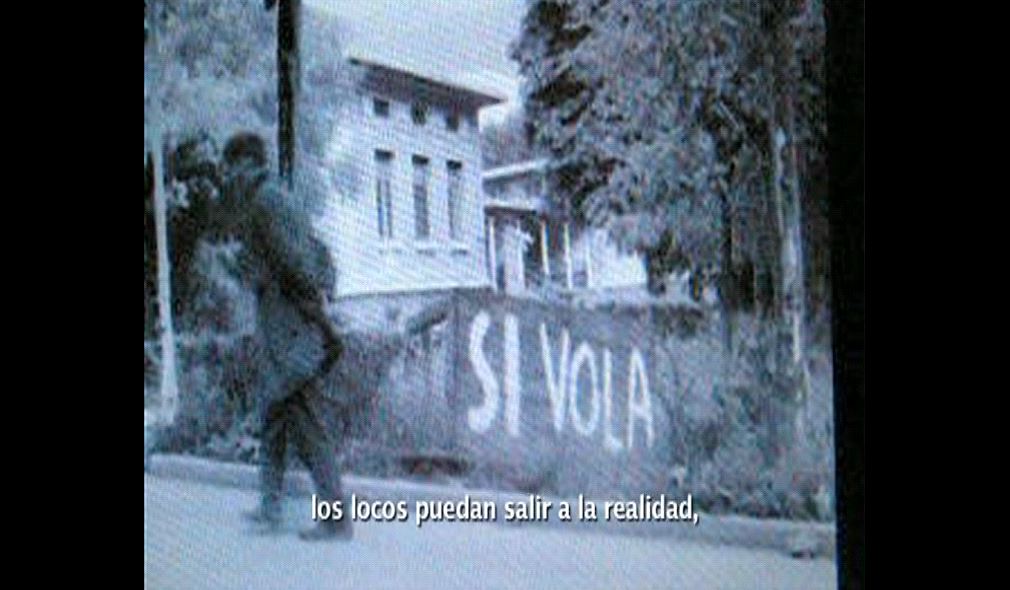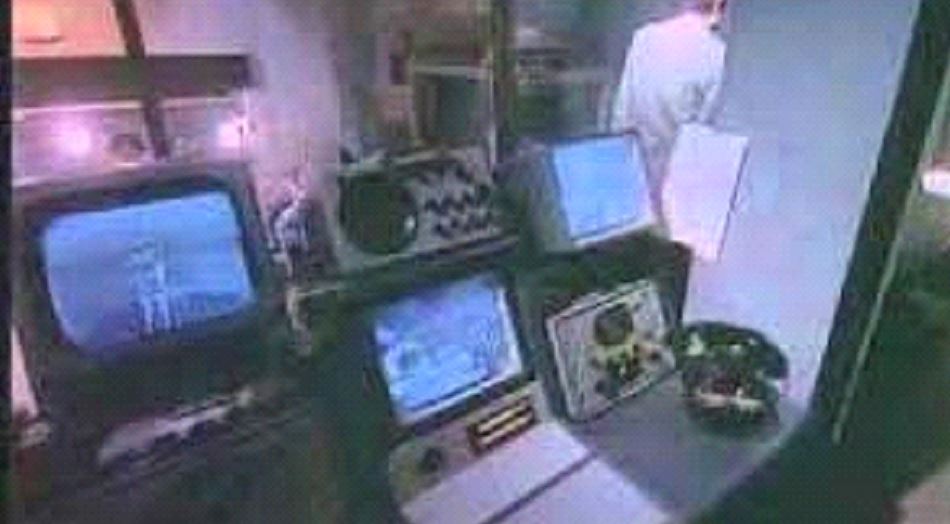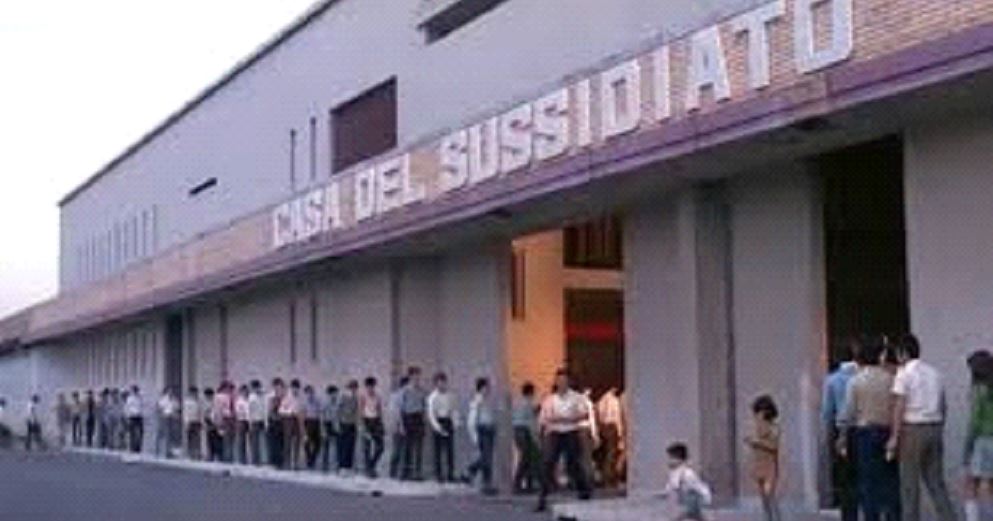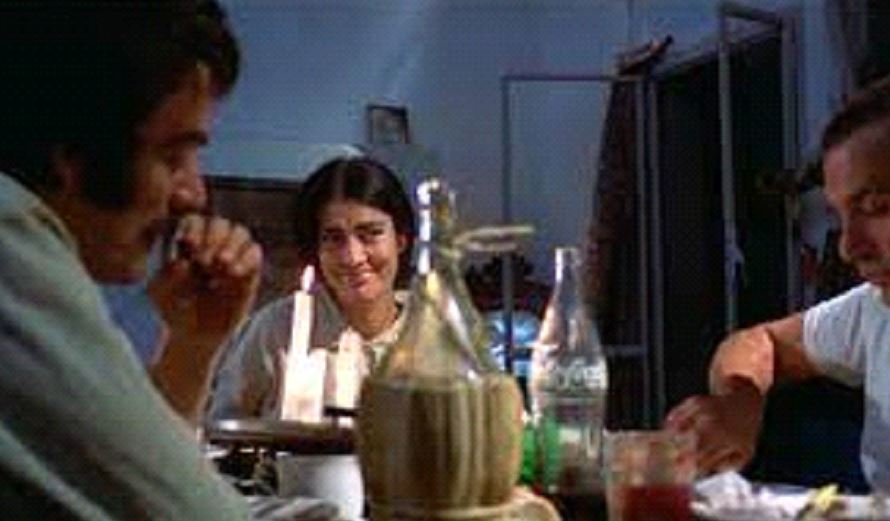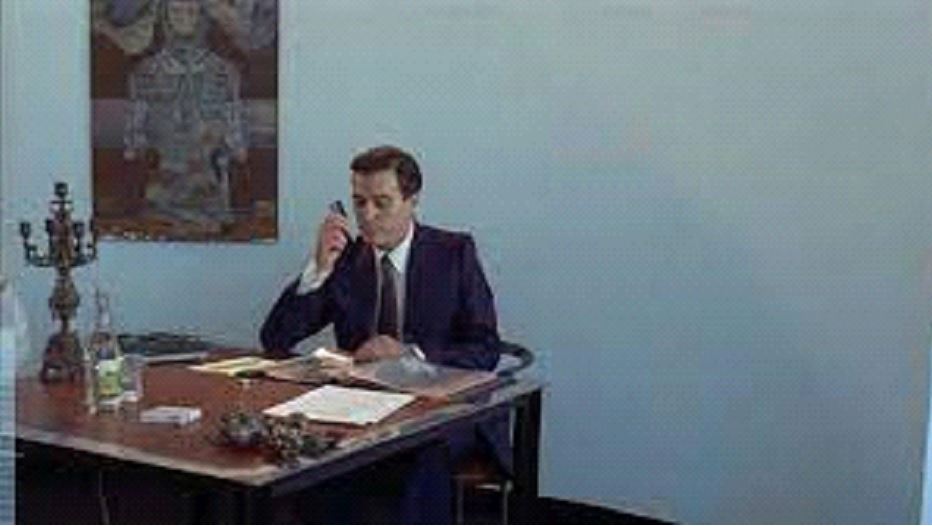In qualche luogo lontano: Roma
SUMMER INTENSIVE 4: SILVANO AGOSTI & SUSANA TALAYERO
by
July 5 at 5:00 p.m. at the Spanish Academy in Rome.
Fourth session of the summer intensive of In qualche luogo lontano: Roma (In Some Far Place: Roma), with Silvano Agosti and Susana Talayero. Screening of Si Vola (2012) by Susana Talayero, followed by NP Il Segreto (1972) by Silvano Agosti.
In qualche luogo lontano: Roma is the title of the program that takes place in Rome within Space is The Place/The Place is Space. This research project, initiated by Bulegoa z/b in 2018, aims to analyse the role of art as a critical practice that offers tools to stop, look and position oneself in the world, to generate situations and imagine ways of living and producing space. Structured through periodic meetings, it takes various forms, such as presentations, reading sessions, walks, actions on the territory and various artistic productions.
SI VOLA (Susana Talayero, 2012, 8 min)
Si vola (If it flies) is a filmino about the visits that the artist made in Rome to some of the people who form part of the affective map of the city in which she lived in from 1986 to 1996. Encounters, stories of shaking, a desire to invoke the never interrupted, memory that mobilizes, are aspects that articulate this brief filmic exercise. Si vola takes up the title of graffiti written on the wall of a psychiatric hospital where an experience in relation to anti-psychiatry took place, described in the documentary Il volo (1975) by Silvano Agosti. Si vola (if it flies) alludes to the need to fly above the conventions and platitudes of unanimous life.
N.P. IL SEGRETO (Silvano Agosti, 1972, 92 min)
The industrialist N.P. (Francisco Rabal) participates in a television conference in which he announces that his group is going to provide maximum well-being to its workers, through new technologies that will free them from work. Because of this statement, he is kidnapped by a political group led by the secret services, under the influence of the multinationals. Psychologically tortured, he loses his memory, and a fake state funeral is organized for him, attended by his own wife. Unknowingly lost and wandering the city, the man who was once the most powerful man in the country is adopted by a proletarian family, where he finds a new and unique destiny.
Silvano Agosti (Brescia, 1938). He defines himself as a human being, a film author and a writer. He graduated from the Centro Sperimentale di Cinematografia in Rome, where he would later teach editing. In Moscow, he became specialized in the work of Eisenstein. After working with Marco Bellocchio in I pugni in tasca (1967), he released the feature film Il giardino della delizie (1971). His filmography, little-known and censored in Italy, represents the cinema of the 70s, which arises from a political commitment that extends to all aspects of film production. For more than three decades, he has managed the Azurro Scipioni cinema in Rome, a reference for independent and auteur cinema (currently undergoing restructuring after temporary closure during the pandemic). Among his films are N.P. il segreto (1972), Matti da slegare (1976), D’amore si vive (1987), Quartiere (1991), L’uomo proiettile (2000) and La seconda ombra (2002). During the 1980s, he began to dabble in literature, with novels such as L’uomo proiettile, Uova de garofono, La ragione pura, Lettere dalla Kisghisia, Il ballo degli invisibili, among others. He lives, plays and works in Rome.
Susana Talayero (Bilbao, 1961). After graduating in Fine Arts from the University of the Basque Country, she moved to Rome, where she lived from 1986 to 1996, beginning her artistic career. Back in Bilbao, her practice in the field of painting and drawing extends to the realization of small video pieces. Over the years, since returning to Bilbao, she has maintained a continuous relationship with Rome that has given rise to various artistic projects. Her current work explores the relationships between painting, support, and the space it occupies, in recent exhibitions such as: Presagios, Casa de Cultura de Santanyí, Mallorca; El oscuro en su interior, CarrerasMugica gallery, Bilbao (2019); Relatos de entrenamiento, CAB Burgos (2017); Una certa organizzazione delle cose, AOC F-58, Rome (2017) and Crónica inquieta, Bilbao Fine Arts Museum (2016). Her work has been part of groups exhibitions such as Ciencia-fricción, CCCB, Barcelona (2021); Zeru bat, hamaika bide. Artistic practices in the Basque Country 1977-2002, Artium, Vitoria-Gasteiz and Soplo-Arnasketa, Archaeological Site and Bilbao Arte (2021). Among his collaborative projects are L’occasione, an initiative of public encounters between artists that she launches at her home/studio in Bilbao with Jesús Arpal Moya, Aimar Arriola and Amparo Badiola (2011-2018); Verso Nikà, performance in the Port of Pantelleria, Sicily, with Karin Eggers and Esther Fluckiger (2019) and the Scriptbarik laboratory in residence, together with Gema Intxausti and Amparo Badiola, Azkuna Zentroa (2020).
In qualche luogo lontano: Roma is a project carried out within the framework of the MAEC-AECID Scholarships for Art, Education and Culture for the academic year 2020-2021 within the scholarship program for the Royal Academy of Spain in Rome.
With the participation of:


